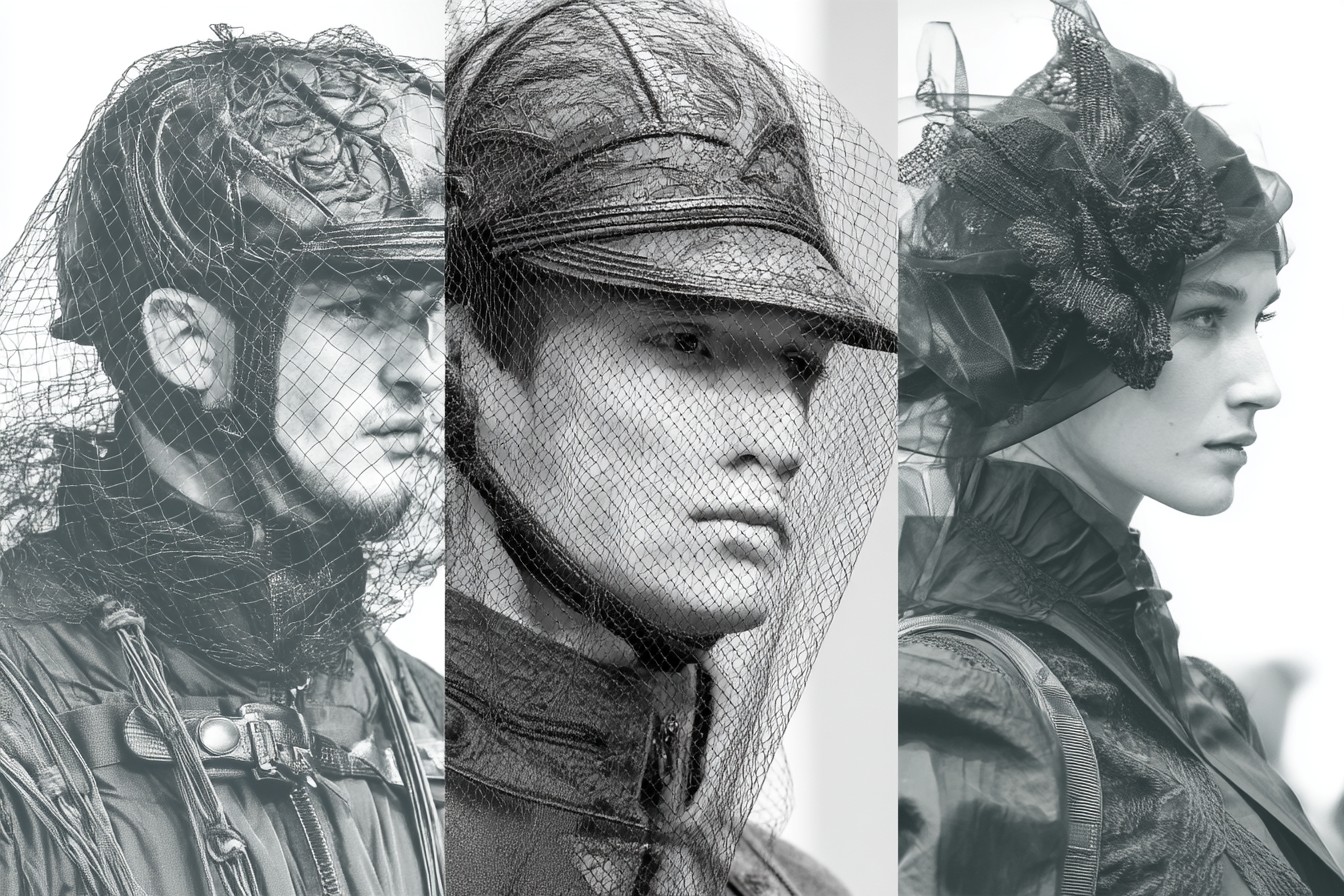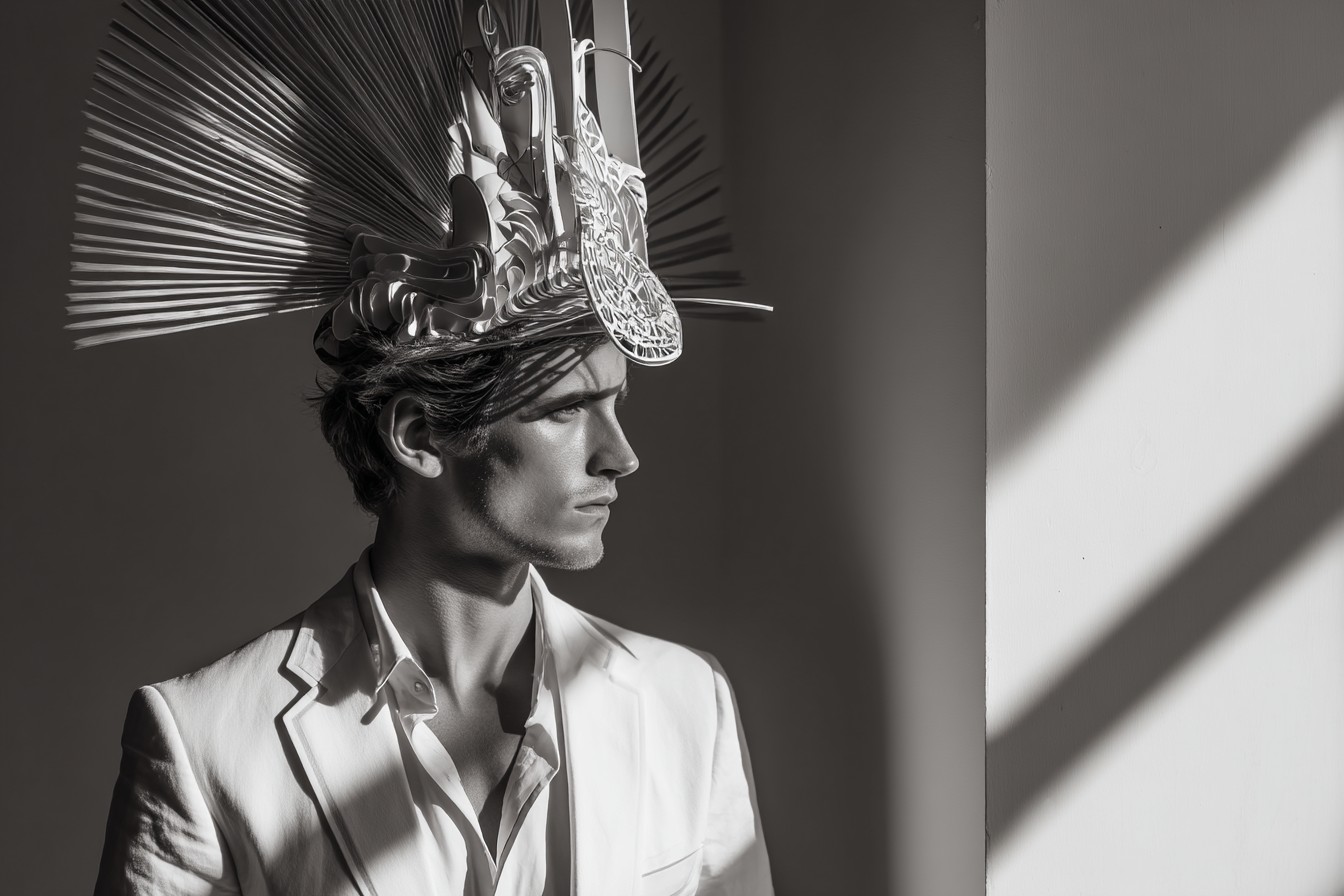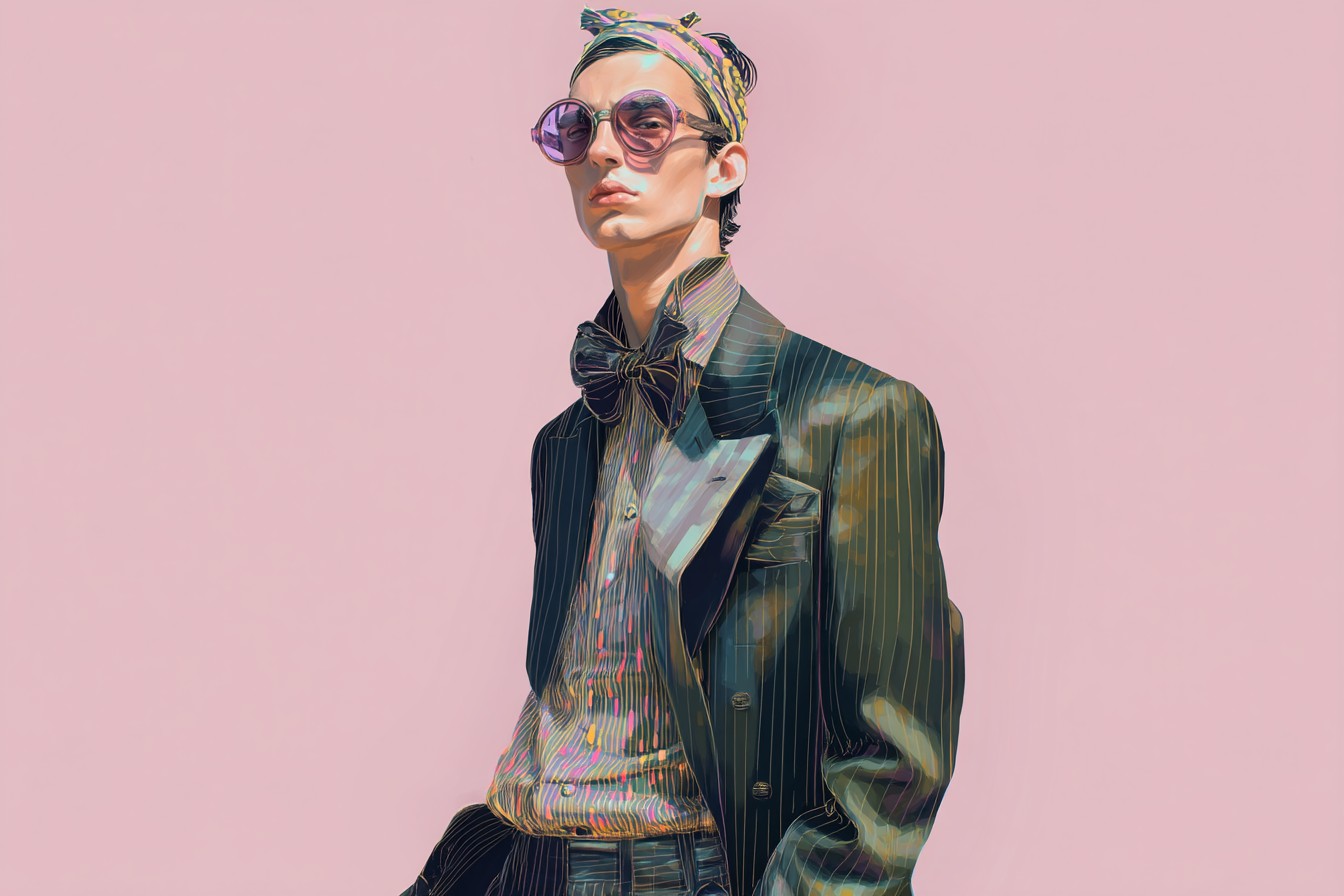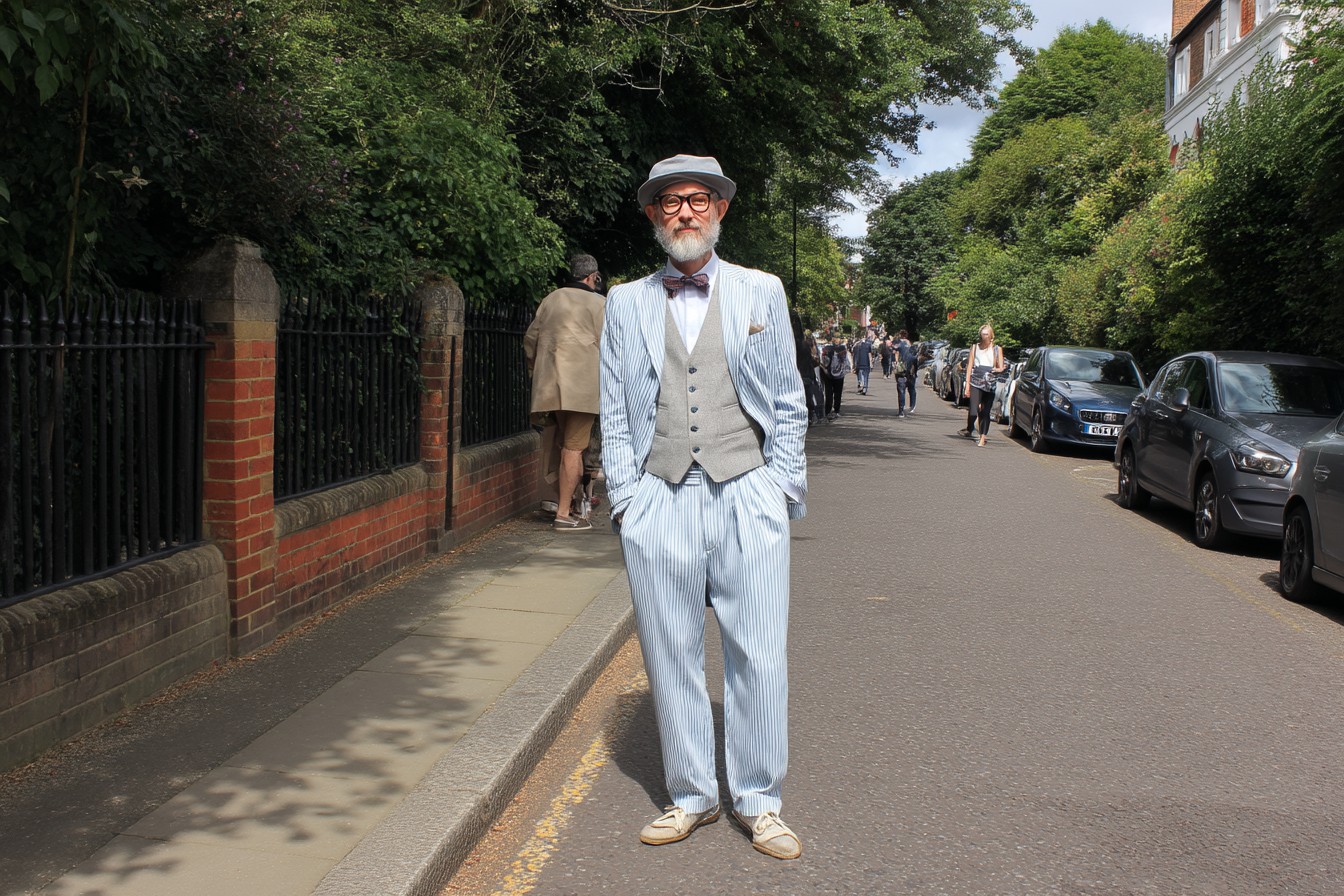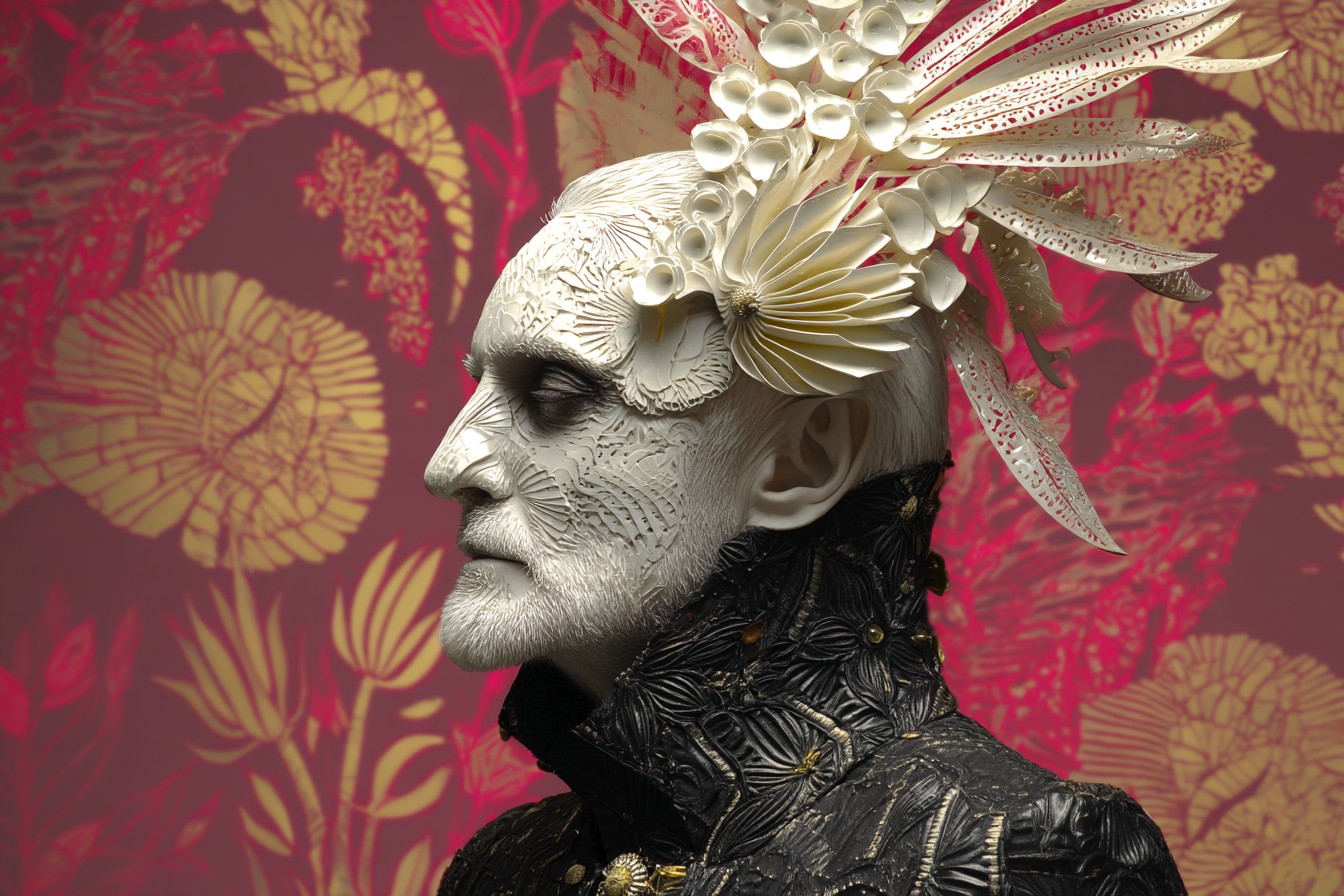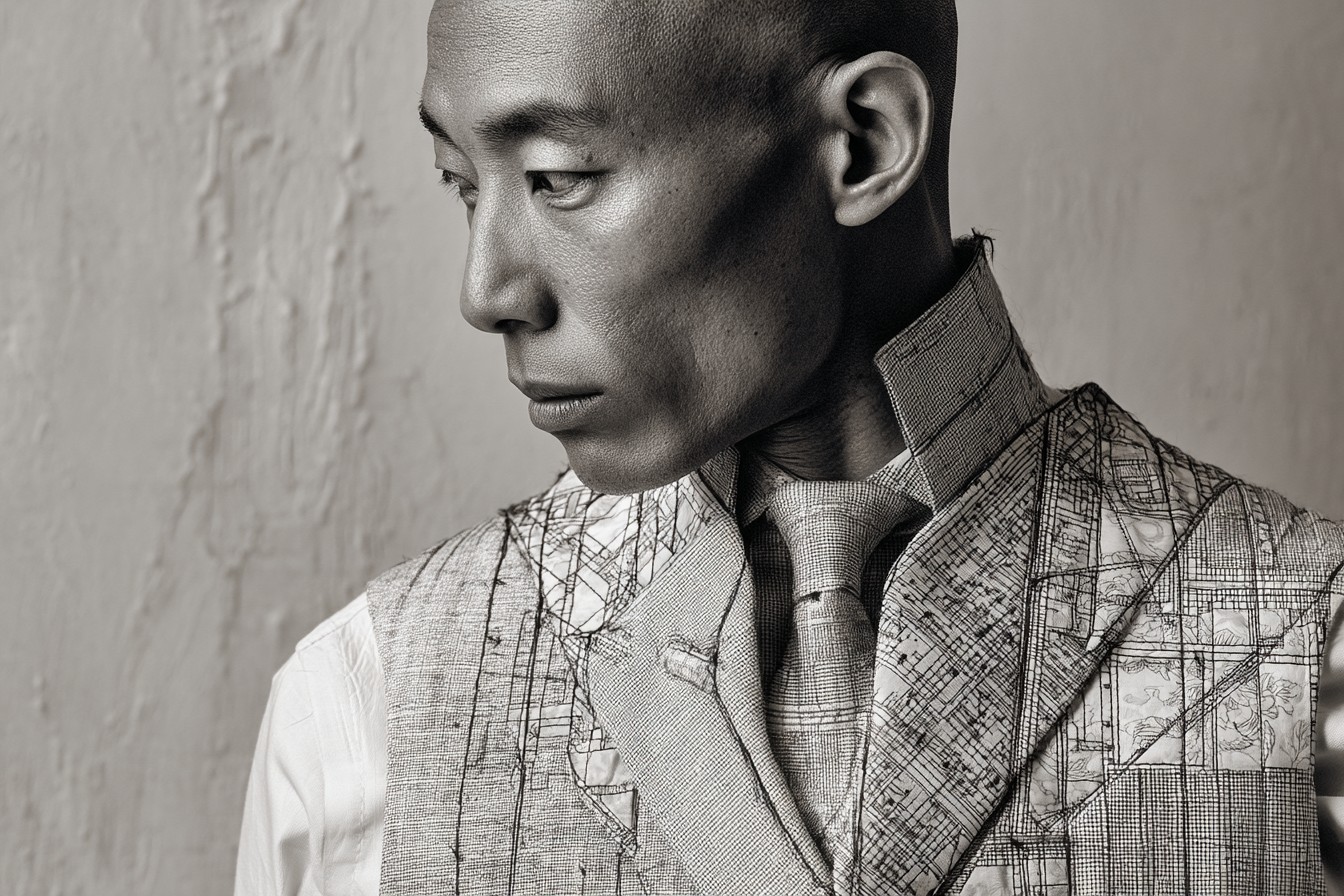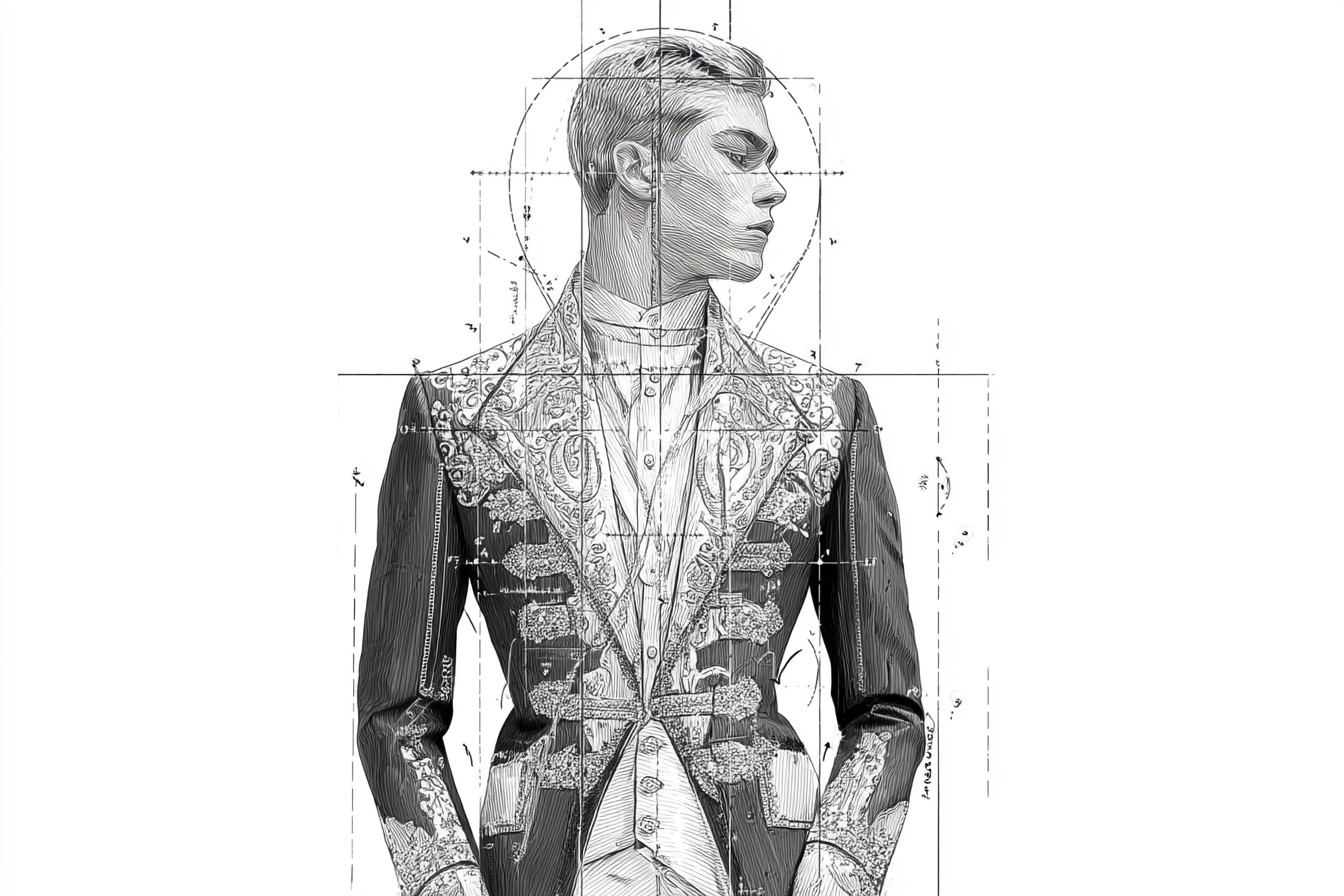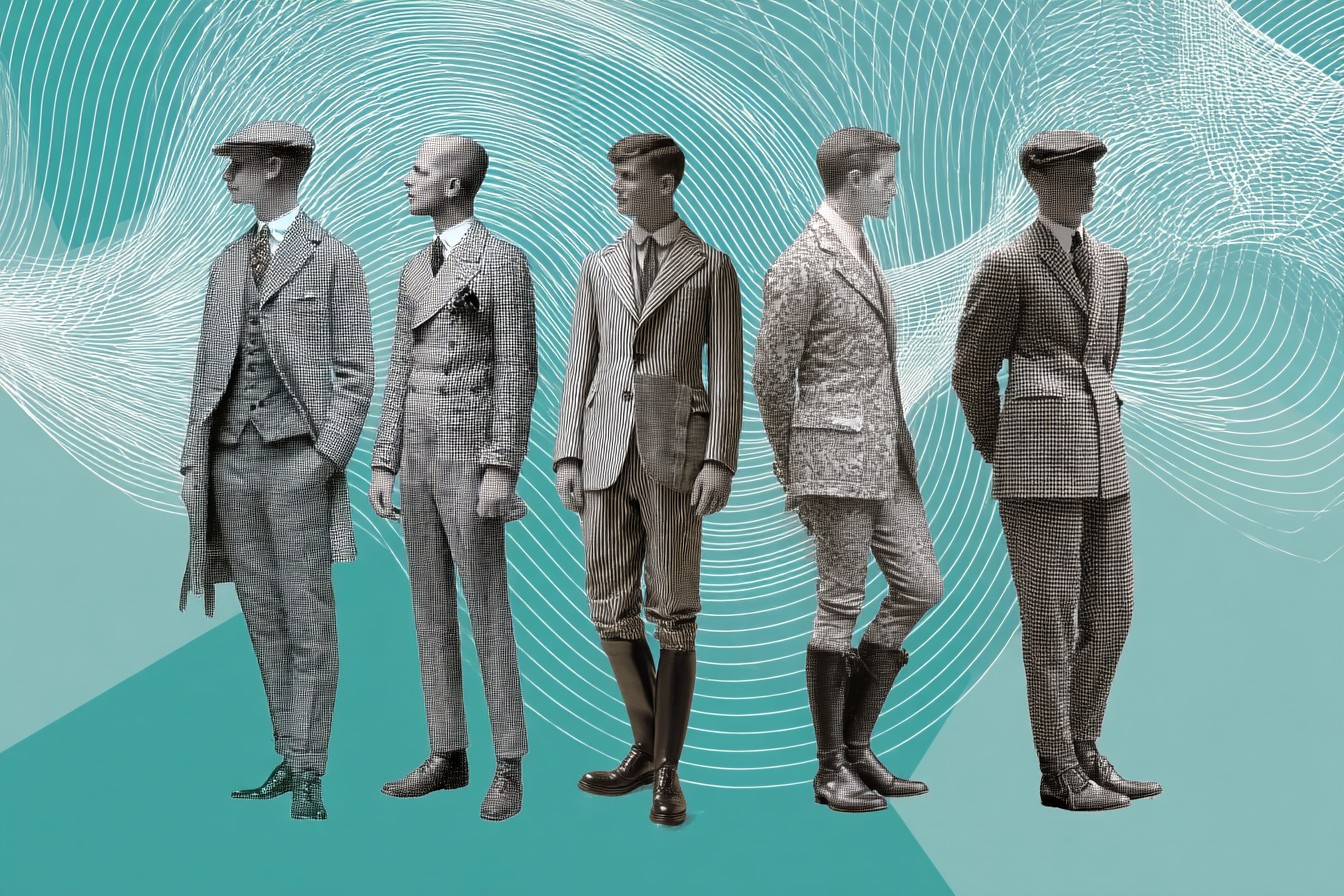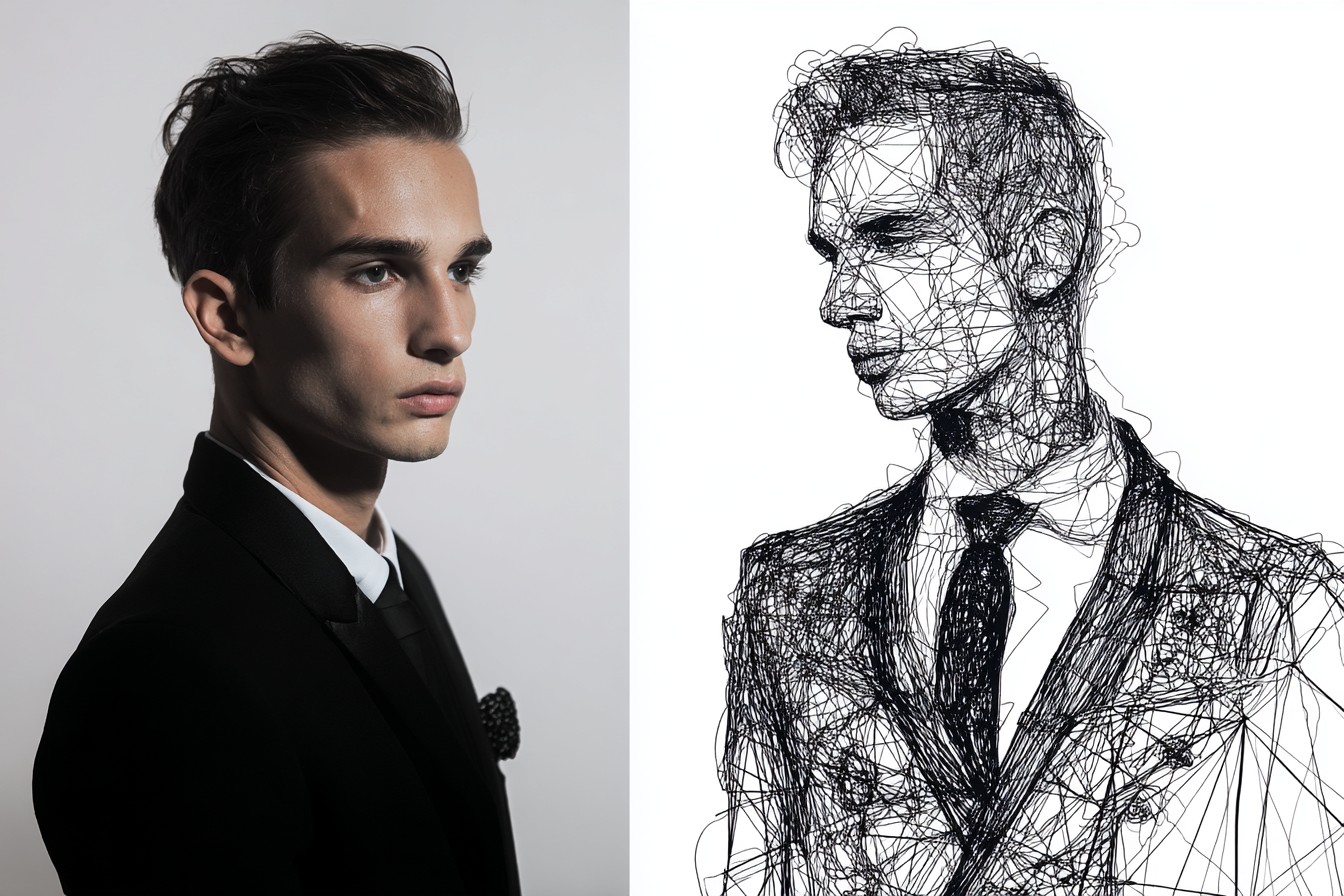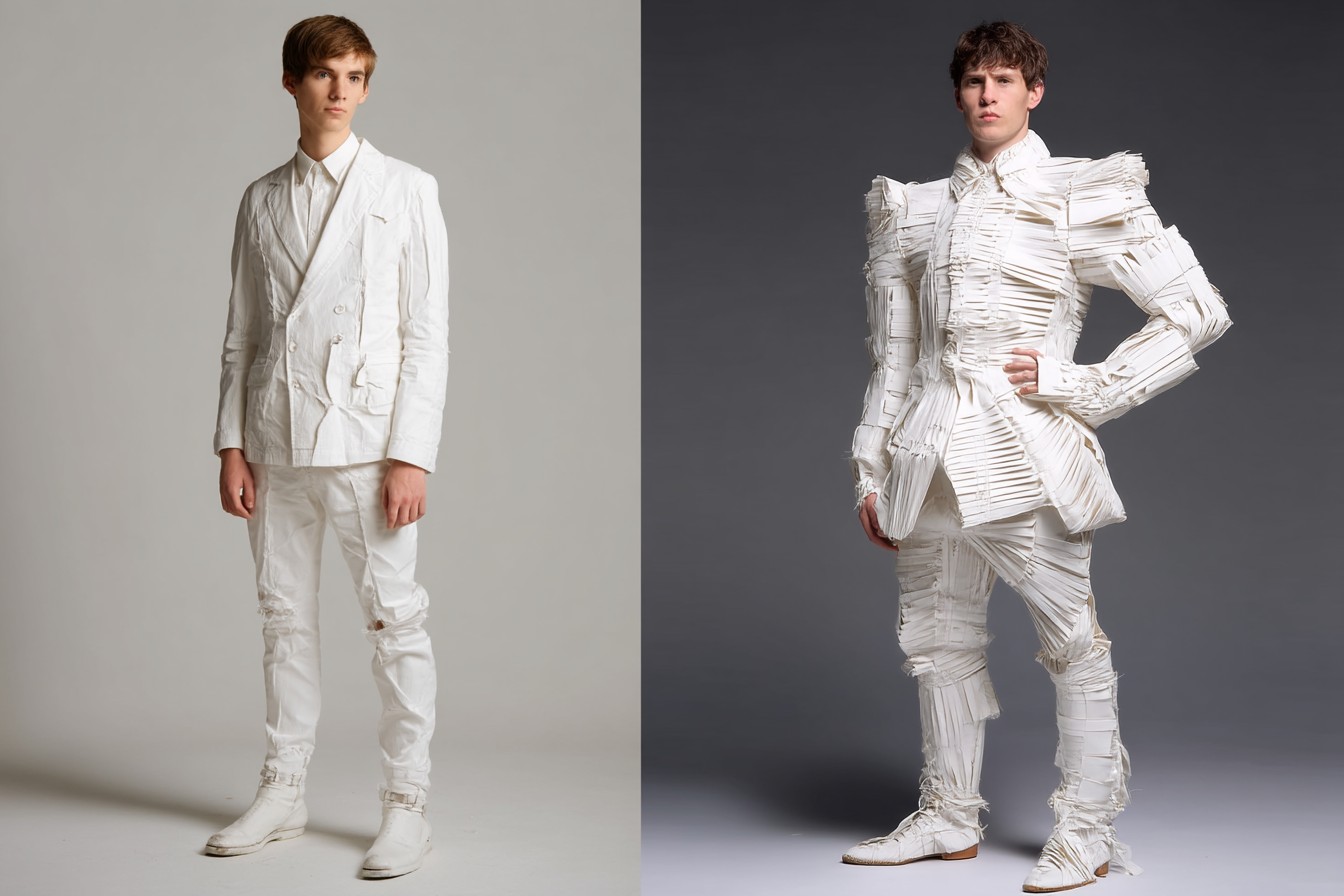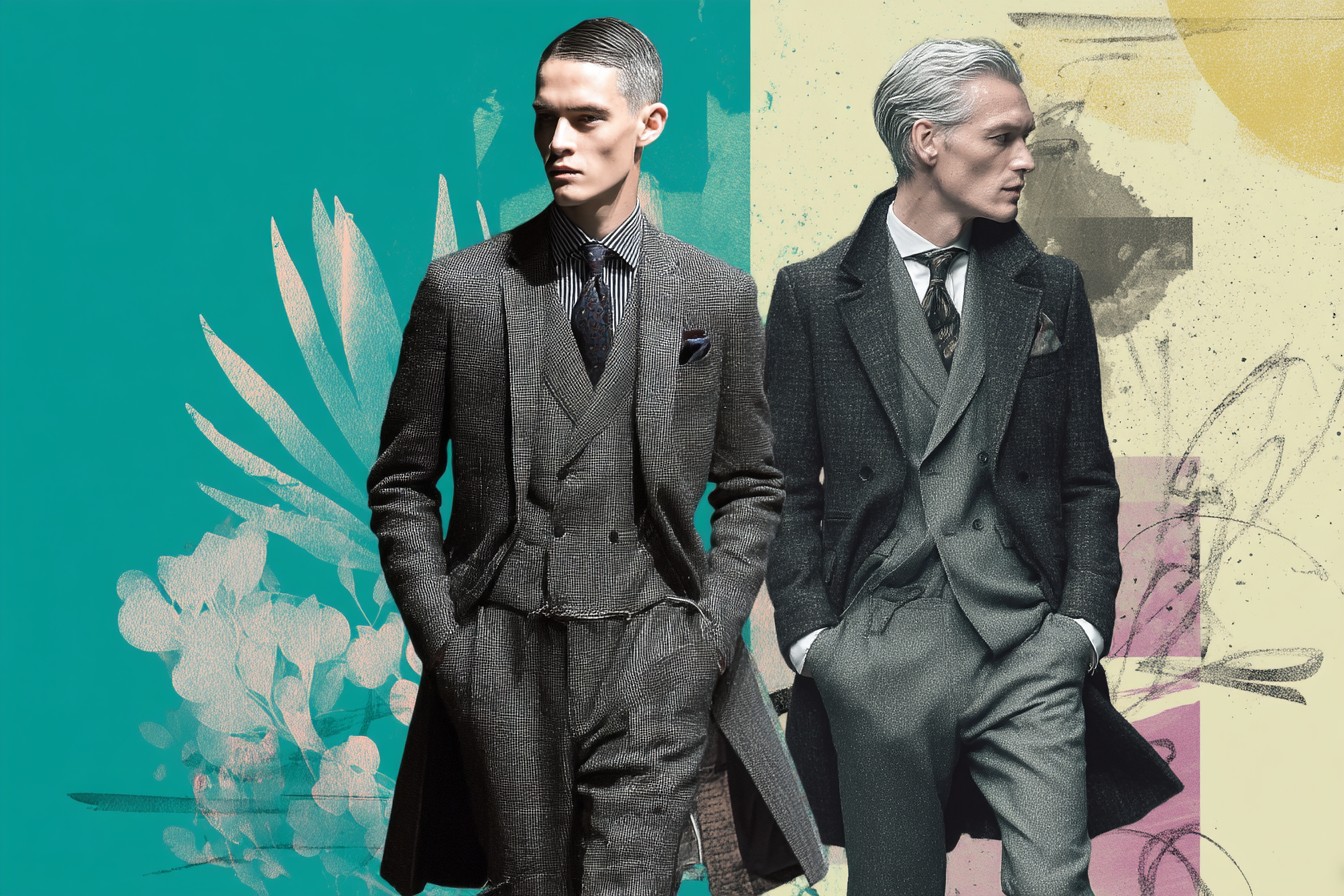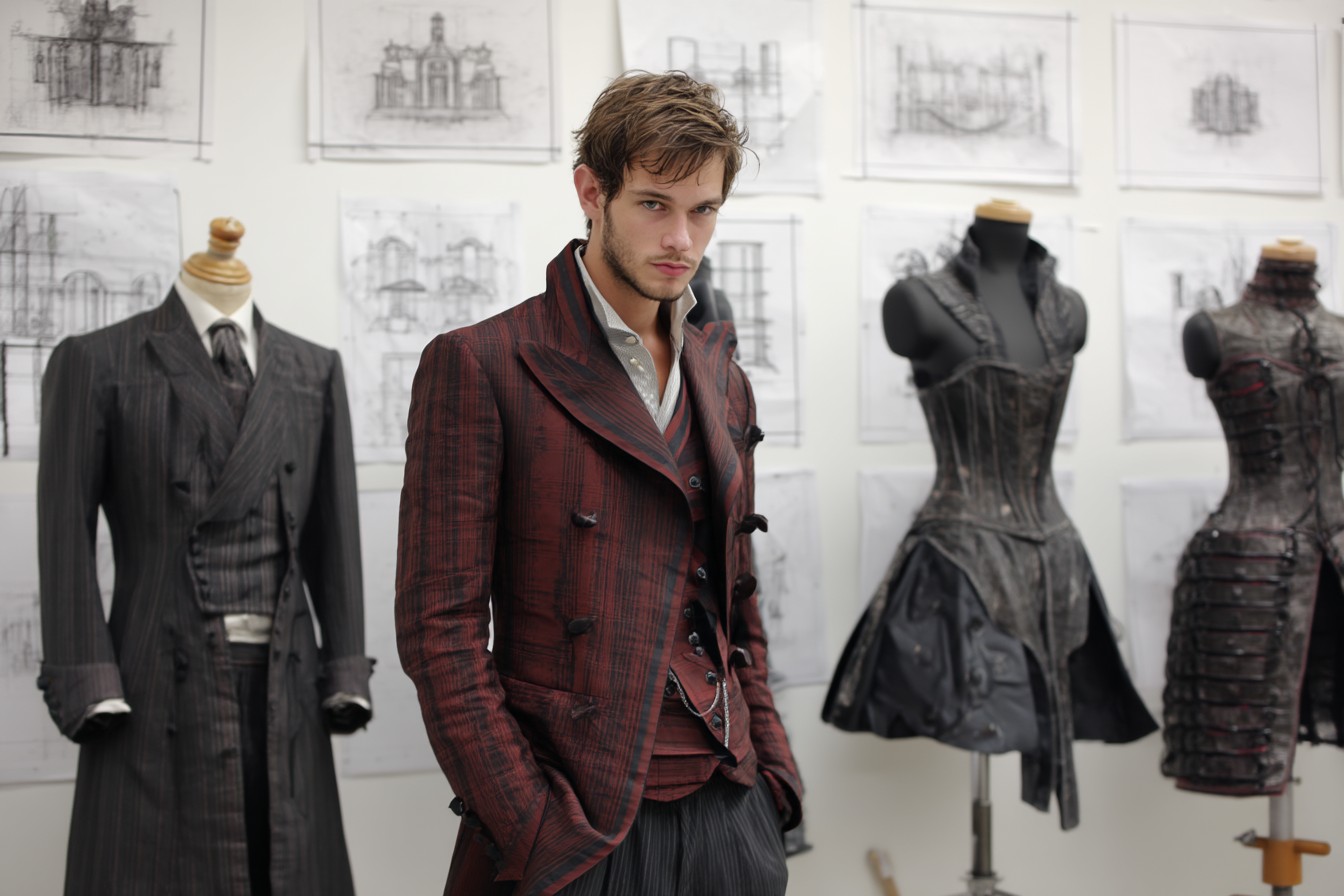I’ve got this mate, Charlie, who once turned up to a casual pub lunch in Chorlton wearing full-on shooting attire—tweed cap, tattersall shirt, plus-fours, and those weird sock garters that look like they’re strangling your calves. We weren’t going shooting. We weren’t even in the countryside. We were at a craft beer place where the bartenders all had those massive beards and tattoos of wheat on their forearms. The looks he got were… well, let’s just say the hipster crowd thought he was either deeply ironic or deeply lost. Turns out, he’d been to his cousin’s estate the day before for some posh birthday do and had genuinely convinced himself this was now “his look.” Poor sod spent three hours defending his outfit choices while sweating profusely because, Christ, have you ever worn tweed in August? It’s like wrapping yourself in carpet samples during a sauna session.
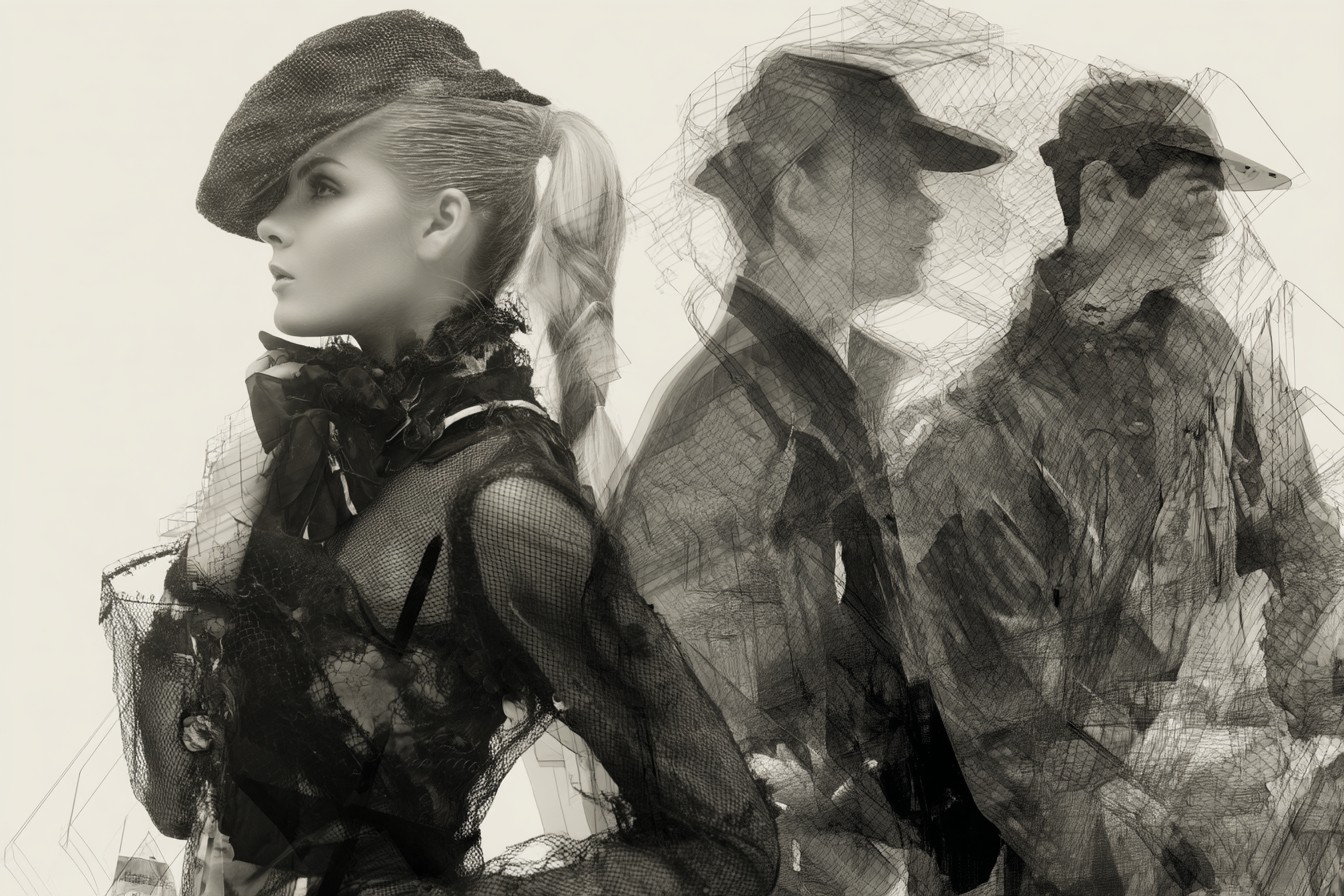
Country style is a minefield for the modern British bloke. Get it wrong, and you look like you’ve escaped from a Jilly Cooper novel or are about to announce the boxing day hunt. Get it right, though, and you’ve mastered one of the most enduring and practical style traditions this damp little island has ever produced. There’s a reason country clothing has stuck around—it actually works for our weather and lifestyle. You just need to ease off the aristocratic cosplay elements.
I grew up in a terraced house in Manchester, not a sprawling estate in the Cotswolds, so my first experiments with country style were… interesting. At uni, I went through a phase of wearing a waxed Barbour jacket with literally everything, including to nightclubs, where I’d end up a sweaty mess with what was essentially a sauna created by non-breathable waxed cotton. The security guards eventually knew me as “Barbour lad” and would just shake their heads as I approached, dripping with sweat before I’d even got inside. Not my finest hour.
The trouble with British country style is that it comes loaded with class associations that are hard to shake. Wear the full kit and you might as well be carrying a sign that says “I have opinions about inheritance tax” or “My family has owned the same bit of Hampshire since 1765.” But cherry-pick the practical, well-designed elements, and suddenly you’ve got pieces that work brilliantly for actual life in Britain—rainy, changeable, and requiring versatile clothes that don’t fall apart at the first sign of drizzle.
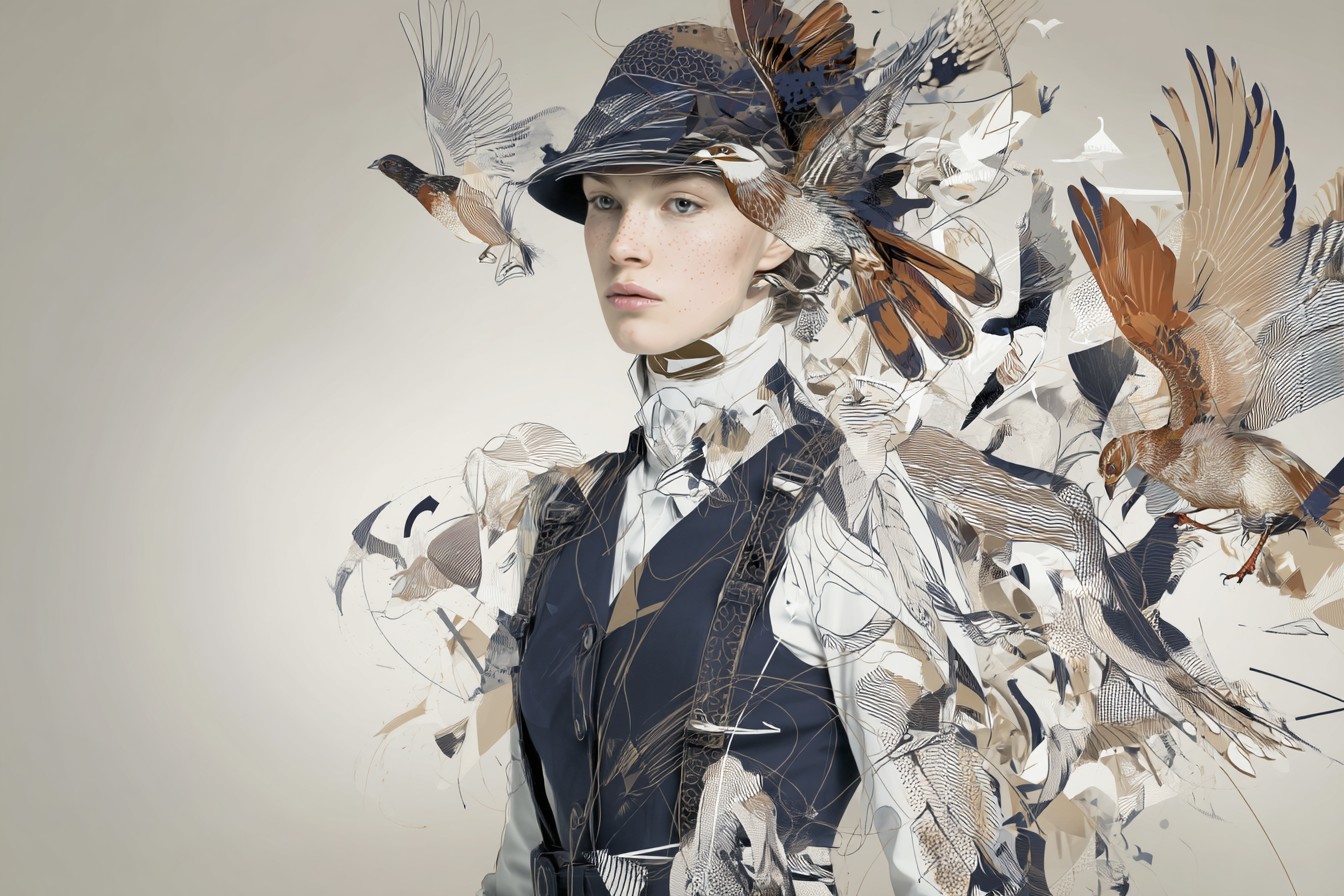
Take the waxed jacket, for example. Yes, there’s the classic Barbour, which has had a weird journey from aristocratic essential to hip-hop fashion statement and back again. But there are less obvious options. Private White V.C. in Manchester makes a brilliant waxed cotton ventile bomber that has all the weather resistance without screaming “I’m off to the estate.” Pair it with normal jeans and trainers rather than moleskin trousers and brogues, and suddenly you’re not cosplaying as Charles from the upper sixth who’s taking a gap yah.
I’ve found that the secret is to limit yourself to one country-inspired piece per outfit. The waxed jacket works with jeans and a plain sweatshirt. A Fair Isle knit can look brilliant with workwear chinos and boots rather than plus-fours and brogues. Even a tattersall shirt can be rescued from Young Farmers’ Association territory by wearing it open over a t-shirt with relaxed trousers.
The other week I was in this little pub in the Peak District after a walk (fine, it was a gentle stroll, but I’d worked up a thirst, alright?), and there was this bloke at the bar in a Barbour, moleskins, a checked shirt, and those green Hunter wellies. He looked like he was about to ask if anyone had seen which way the fox went. Next to him was another guy in jeans, a simple navy sweatshirt, and just a tweed flat cap. Same country inspiration, completely different effect. The second bloke looked like he’d thought about his outfit, not inherited it.
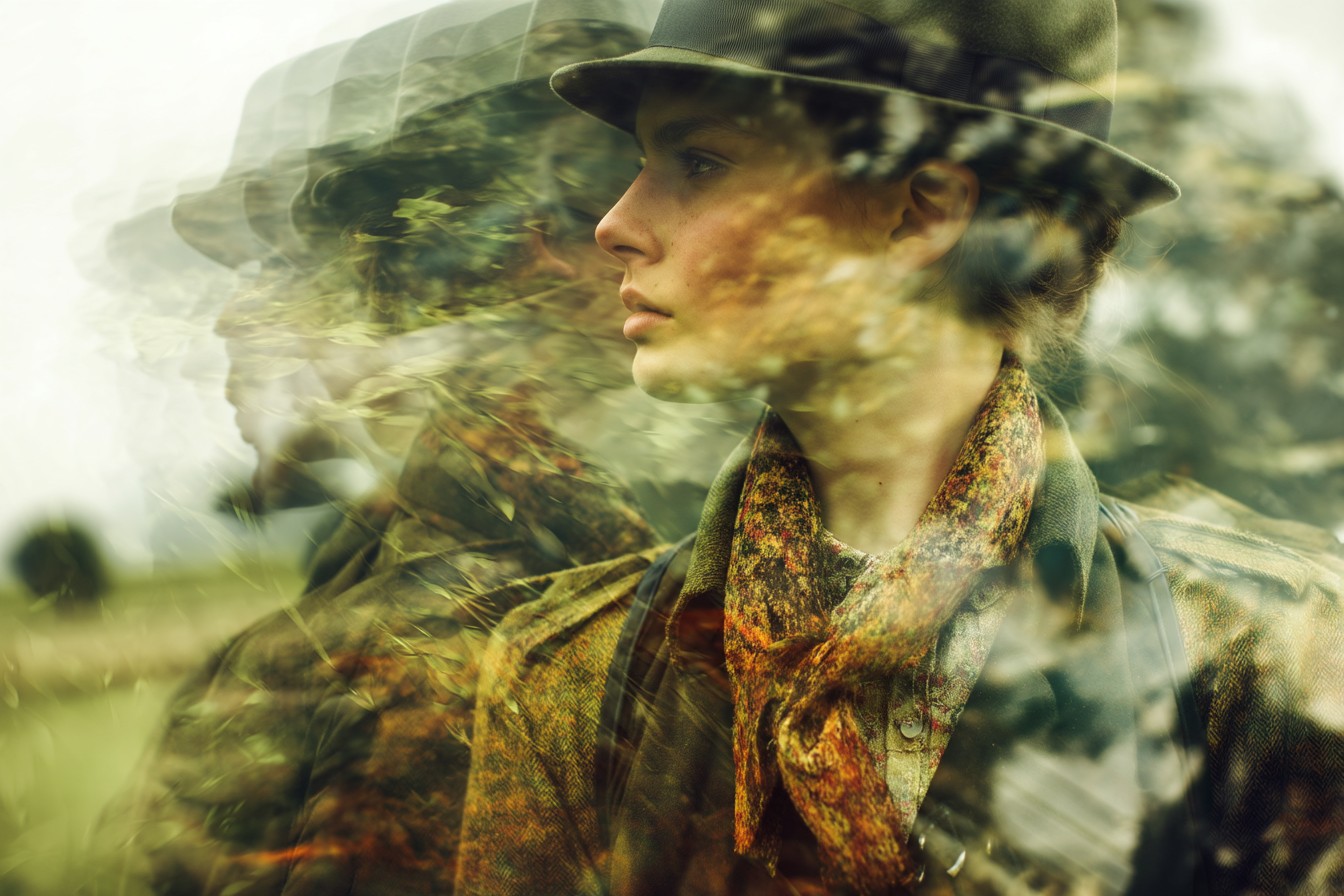
I’ve learned this the hard way, mind. About five years ago, I was invited to a launch for a new British heritage brand at Liberty. In my infinite wisdom, I decided this was the time to go “full country”—tweed blazer with leather elbow patches, checked shirt, corduroys, brogues, the works. I topped it off with a flat cap that I was convinced gave me a rakish, rural-but-make-it-fashion vibe. I caught sight of myself in the mirror at Liberty and realized with horror that I looked like I should be stood behind David Cameron with a shotgun. The PR girl who’d invited me actually asked, with complete sincerity, if I’d come straight from “the country.” I live in Ancoats. The most rural thing in my life is the basil plant dying on my windowsill.
There’s a strange thing happening with country style at the moment, where it’s simultaneously seen as deeply conservative and oddly progressive, particularly when it comes to environmental concerns. All those brands that have dressed the landed gentry for generations are now talking about sustainability, repair services, and buying fewer, better things—essentially the slow fashion mantra that’s usually associated with much more progressive fashion movements. It’s a weird convergence that means you can wear a Barbour jacket and be making a statement about sustainable consumption rather than just signaling membership in the green welly brigade.
Materials are where the magic happens in country style. British wool is brilliant—warm, water-resistant, and breathable. You don’t need to go full tweed (unless you want to—no judgment here, just prepare for some assumptions about your voting habits). A simple Shetland jumper from brands like Jamieson’s of Shetland gives you all the benefits without the baggage. I’ve got one in this burnt orange color that works with jeans and trainers but has that country texture and warmth.
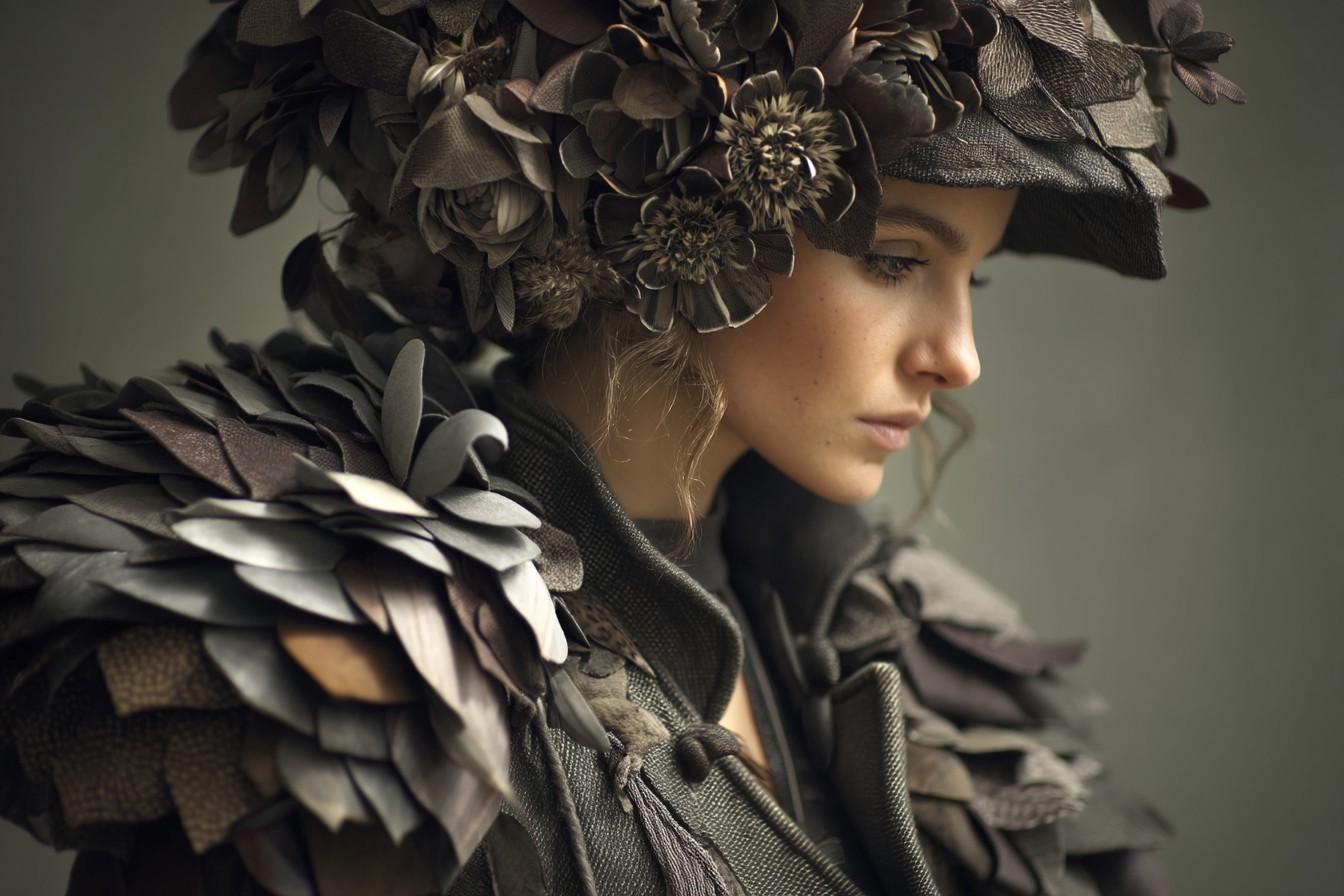
Footwear is the other big one. Country shoes are built to last—proper welted construction, thick soles, quality leather. But you don’t need proper brogues to get the benefit. Brands like Tricker’s and Cheaney make boots that have the quality and weather-resistance of country footwear but with cleaner, more contemporary designs. I’ve had the same pair of Tricker’s Stow boots for about eight years now. They’ve been resoled twice and look better now than when I bought them. They work with jeans, chinos, even certain suits if you’re feeling a bit Italian about things.
If you’re really committed, you can go deep on the accessories, but again—one at a time, for the love of God. A waxed canvas messenger bag or backpack gives you the practicality without looking like you’ve got dead pheasants in your pockets. A simple wool scarf from somewhere like Johnstons of Elgin provides proper warmth without making you look like you’re about to commentate on horse trials.
There’s a brilliant secondhand shop in Manchester that specializes in country clothing, and I’m constantly amazed by the quality of vintage pieces they get in. Old Barbour jackets that have been worn in perfectly, Harris tweed blazers for thirty quid, proper moleskin trousers that would cost a fortune new. If you’re curious about country style but don’t want to commit financially (or socially), the vintage route is worth exploring. You get the build quality without the “just purchased my identity” vibe.
So here’s my hard-won advice for incorporating country style without looking like you’ve wandered off a grouse moor: one country piece per outfit, mix with contemporary basics, avoid the full costume, and focus on quality materials and construction. Think of it as cherry-picking the good bits of an aristocratic tradition without having to adopt the politics or lifestyle. Because despite all the class baggage, British country clothing was fundamentally designed for life in Britain—wet, windy, changeable Britain—and that’s something we can all relate to, whether we live in a castle or a flat above a Tesco Express.
Oh, and a final note—if anyone compliments an item of country clothing you’re wearing by asking if it’s “from the family estate,” the only acceptable answer is a slightly embarrassed laugh and “God no, I found it on eBay.” Trust me on this one. I’ve made that mistake so you don’t have to.
